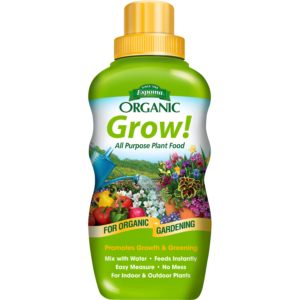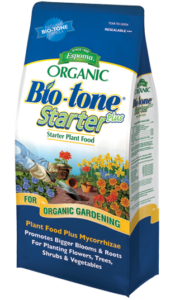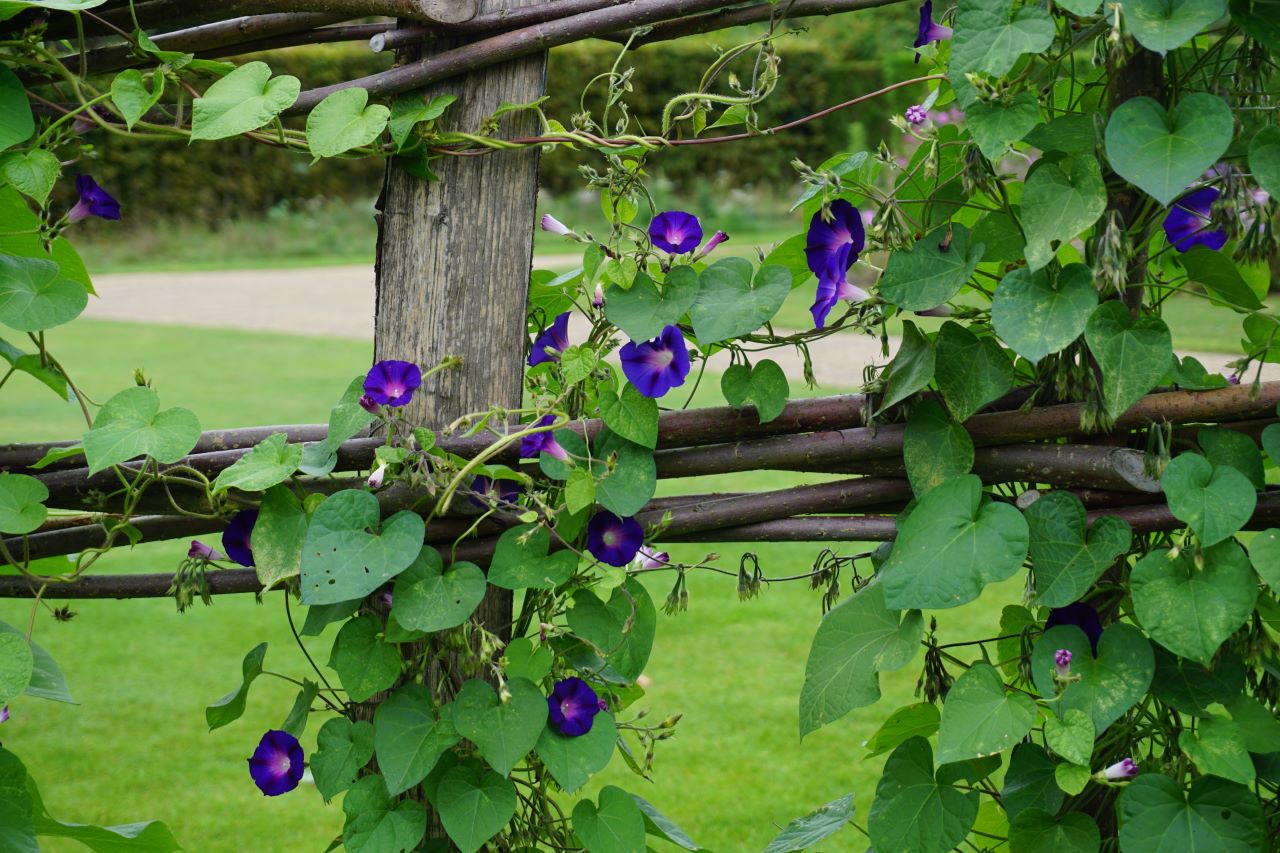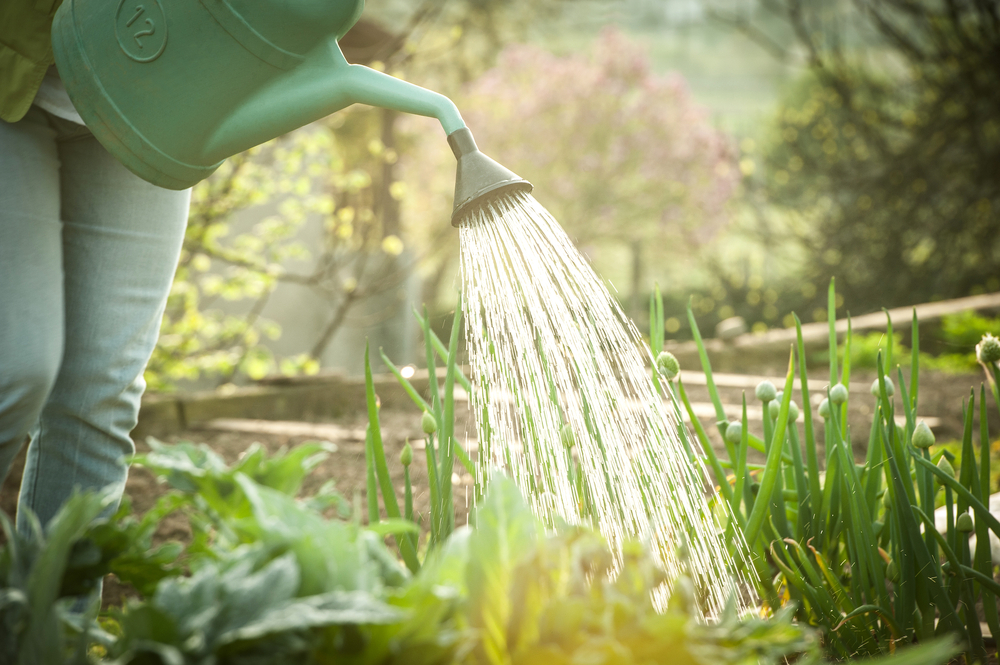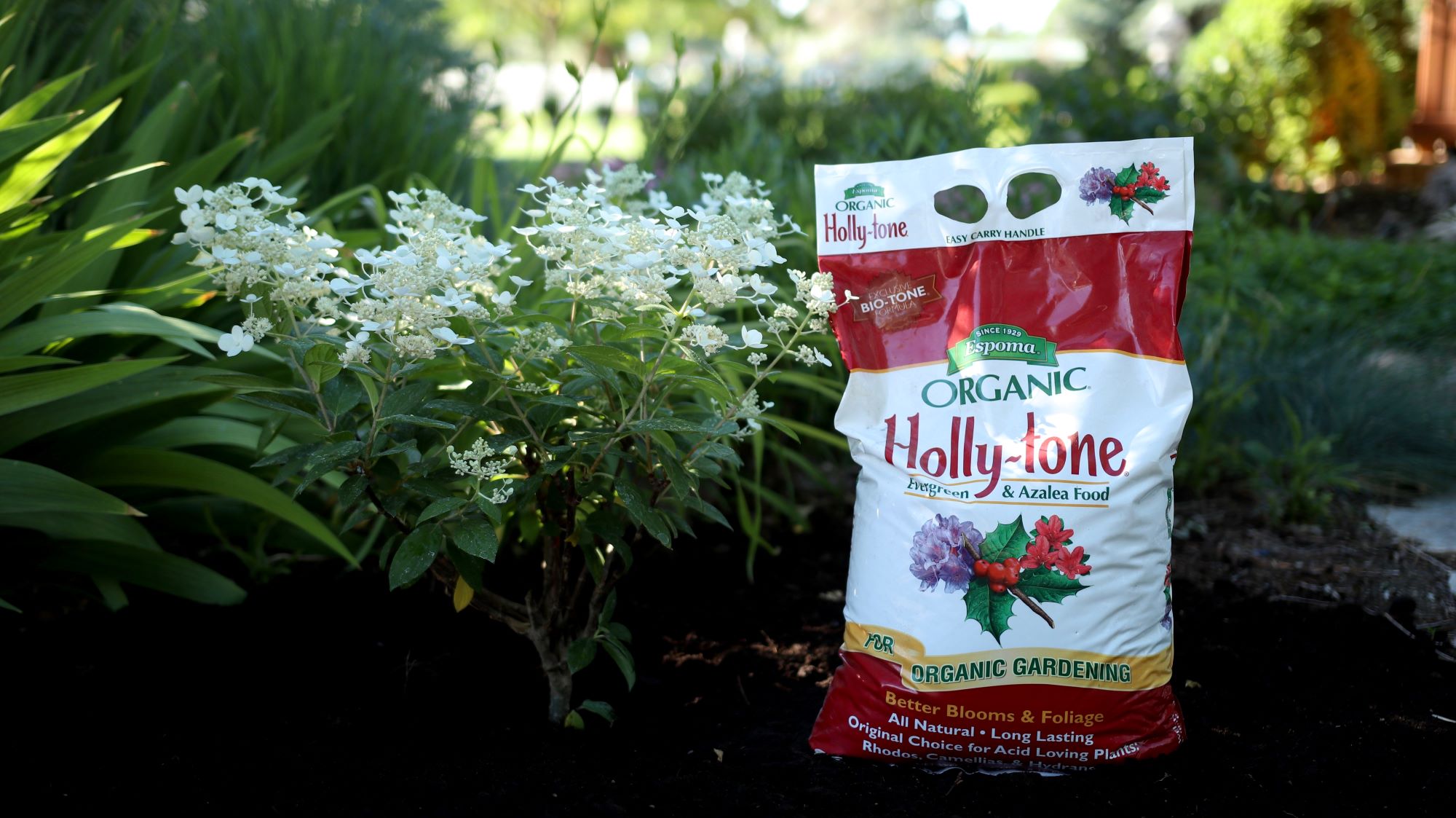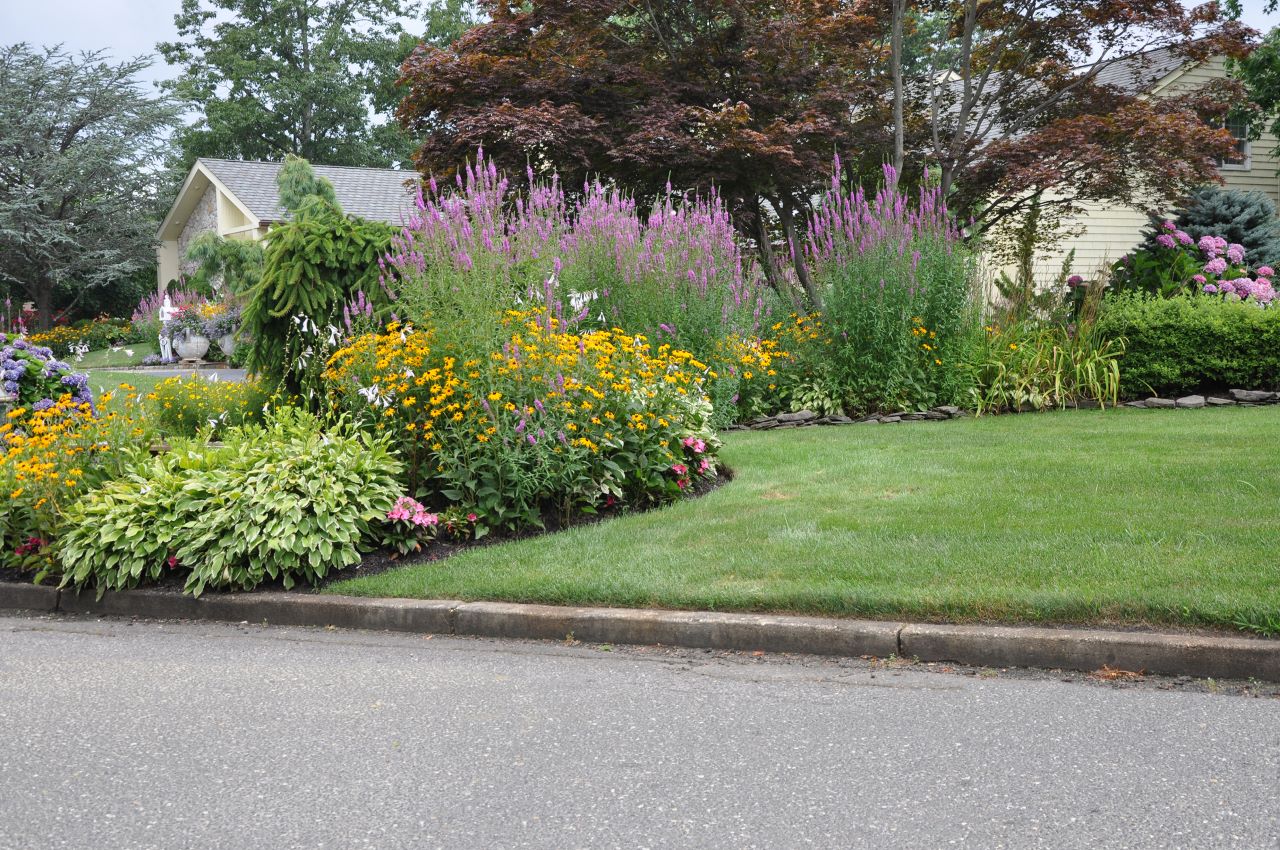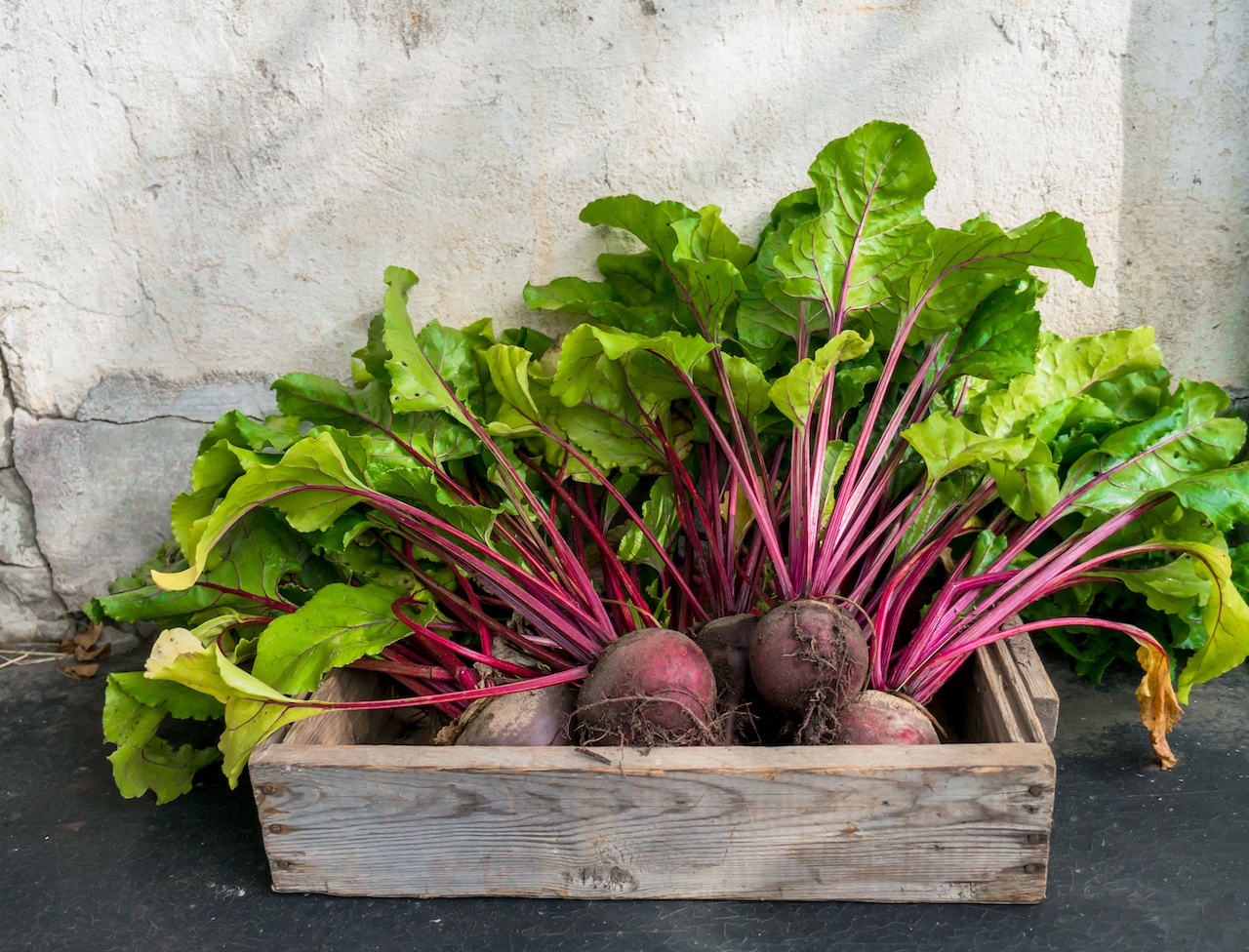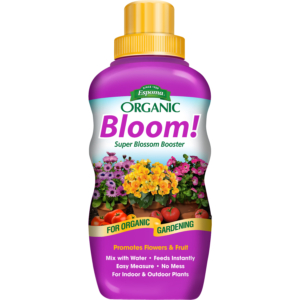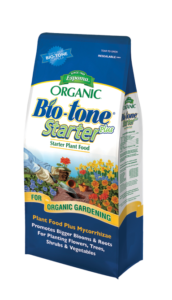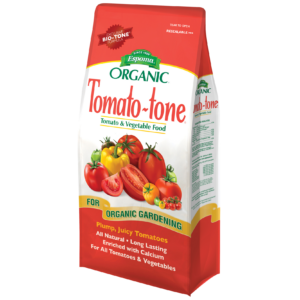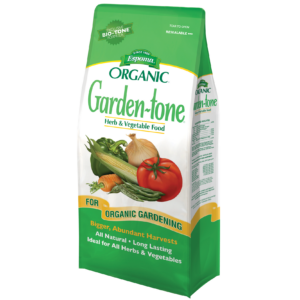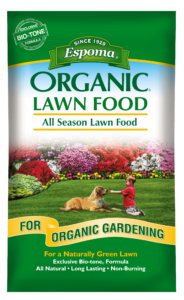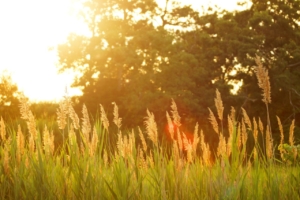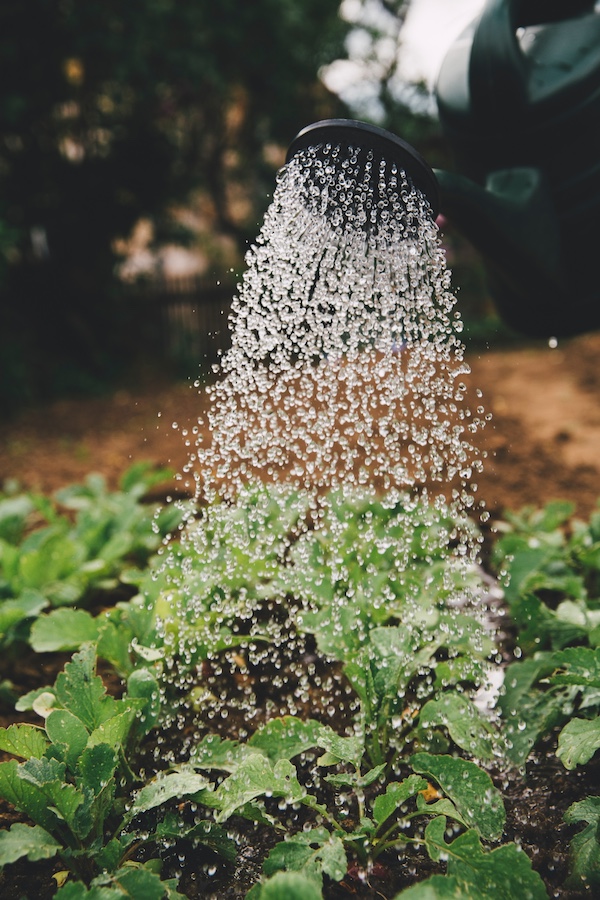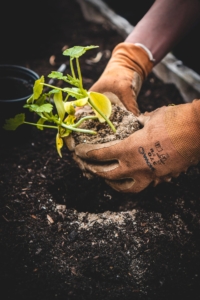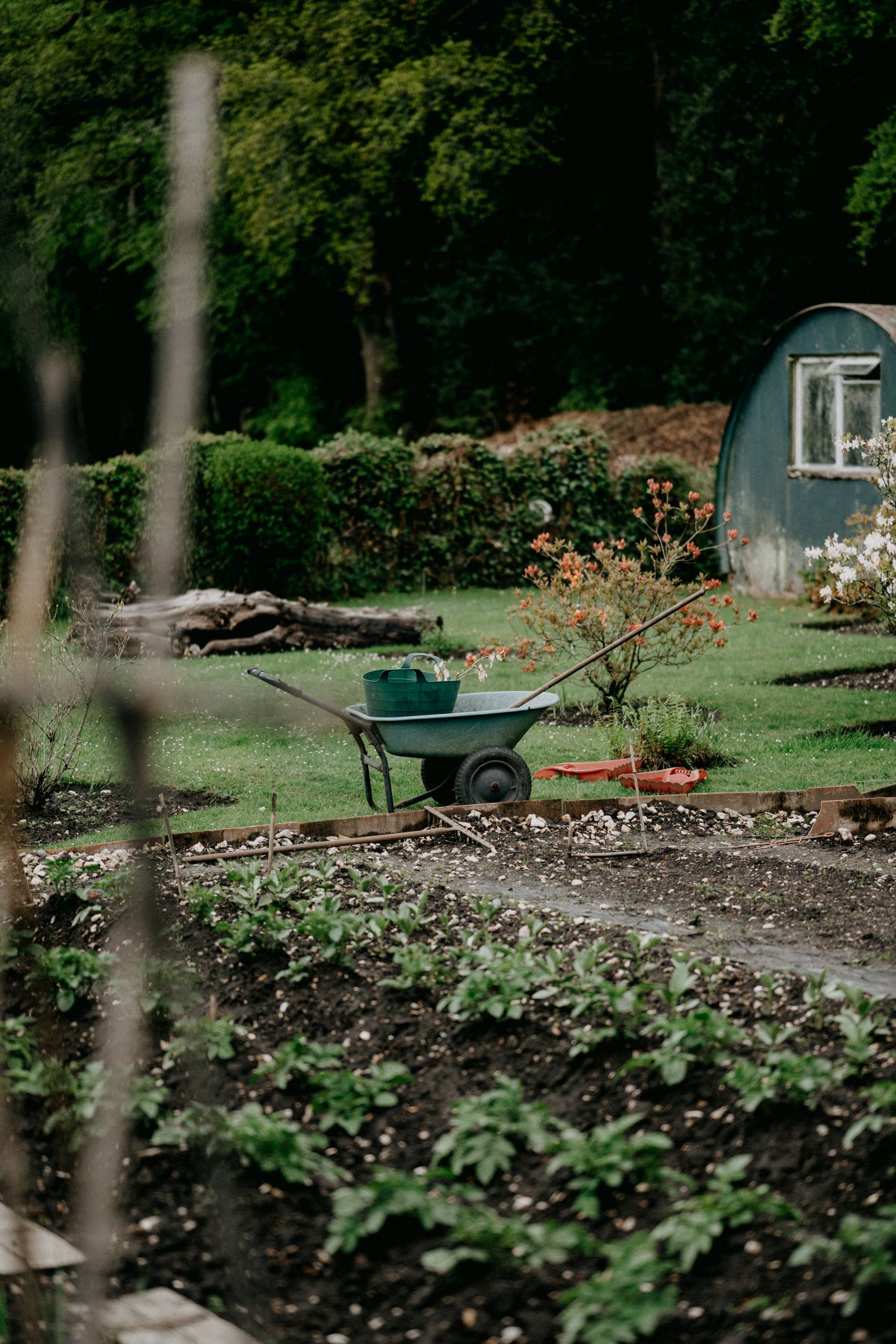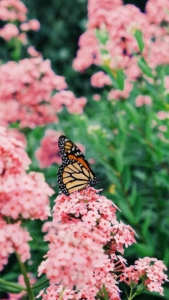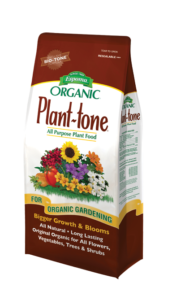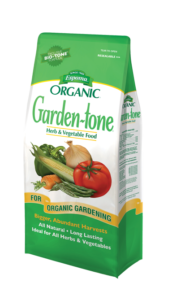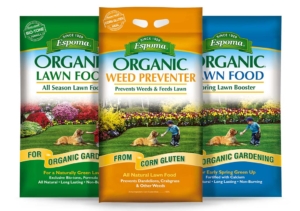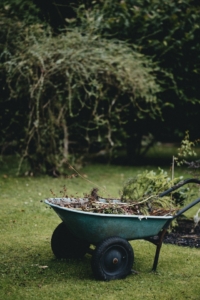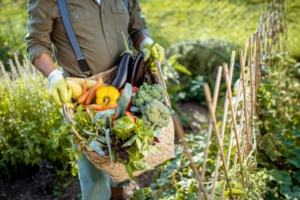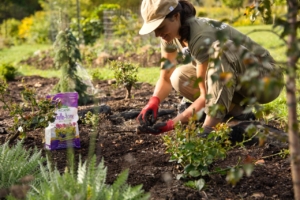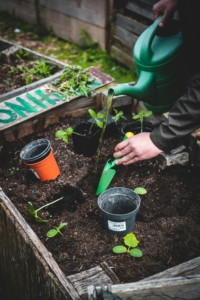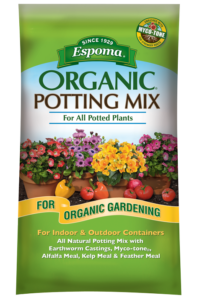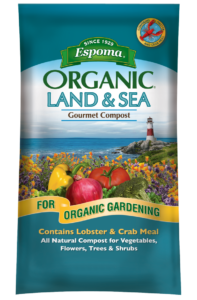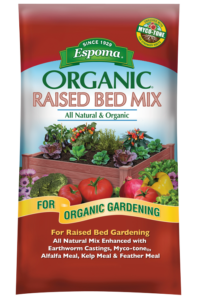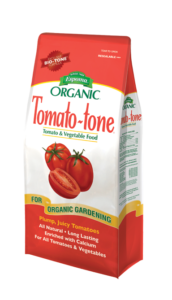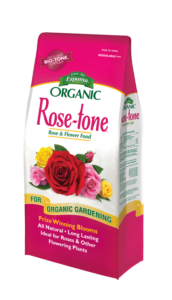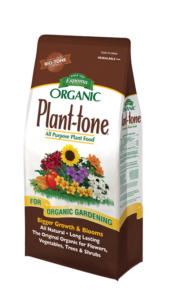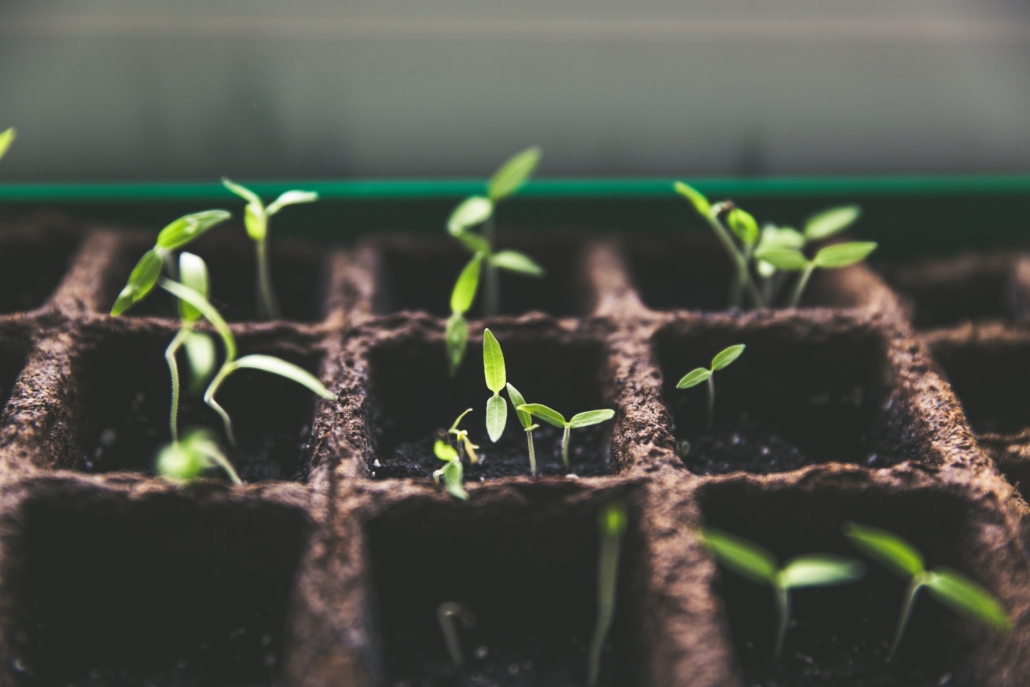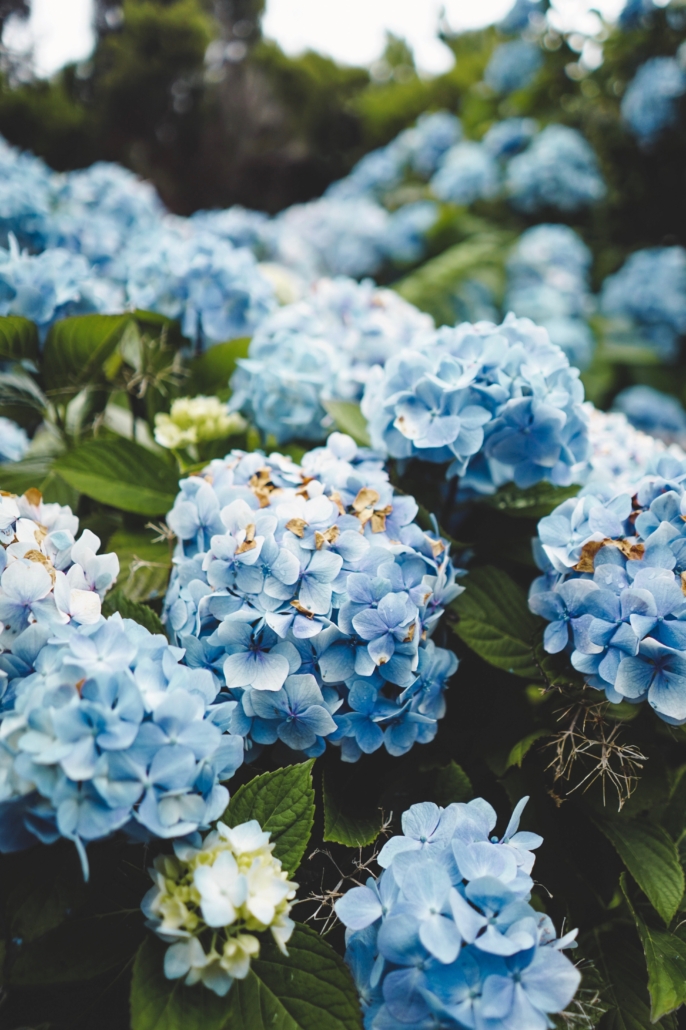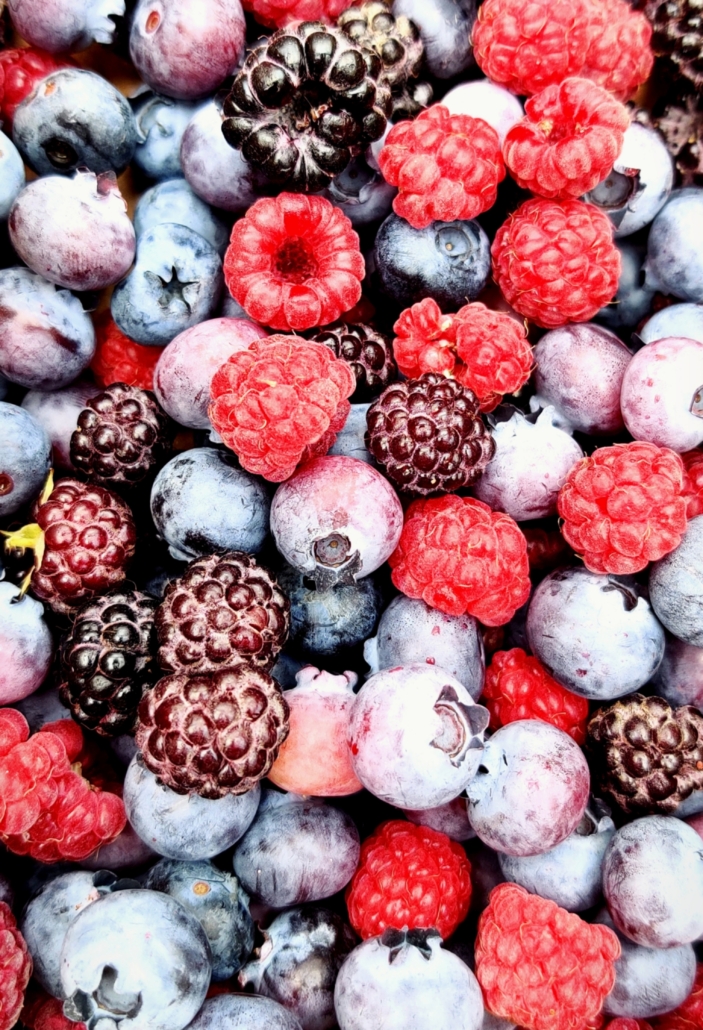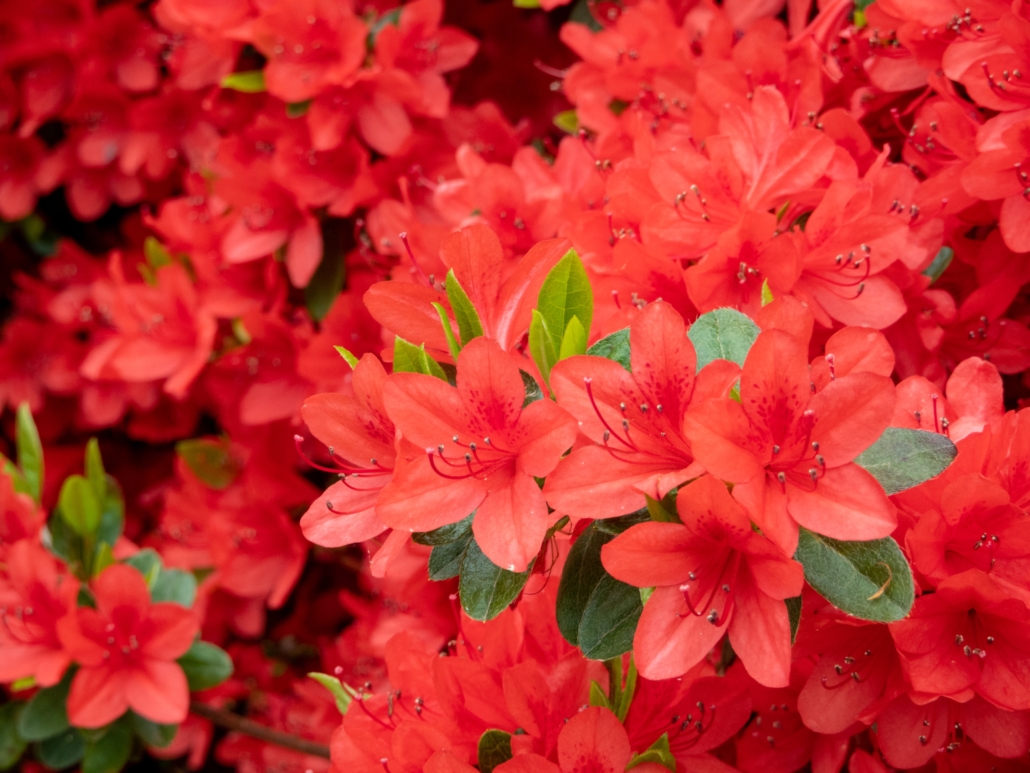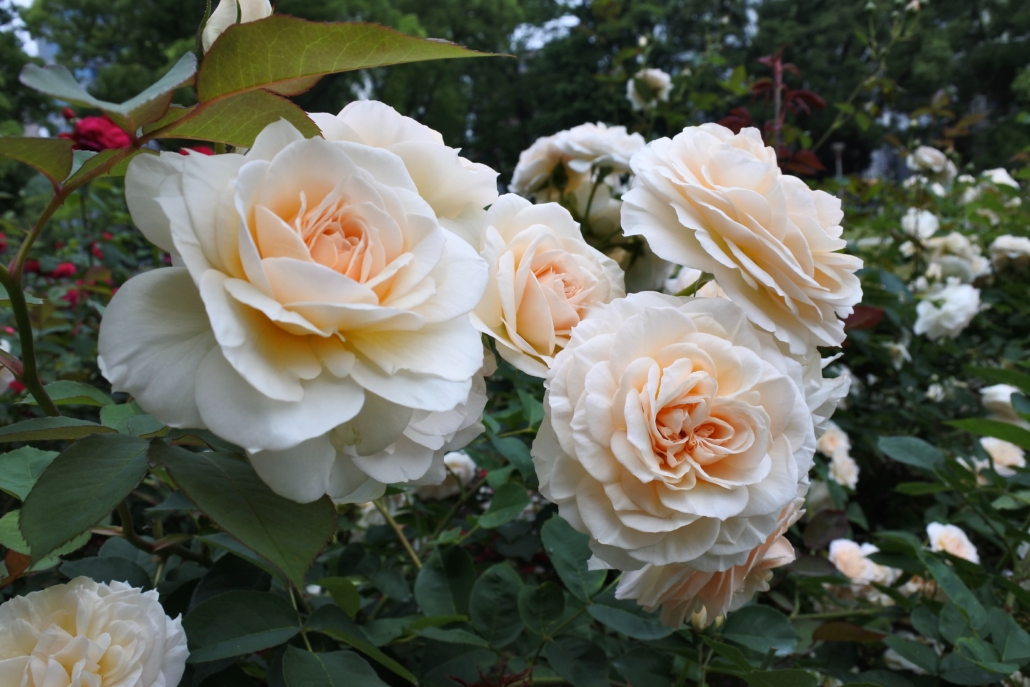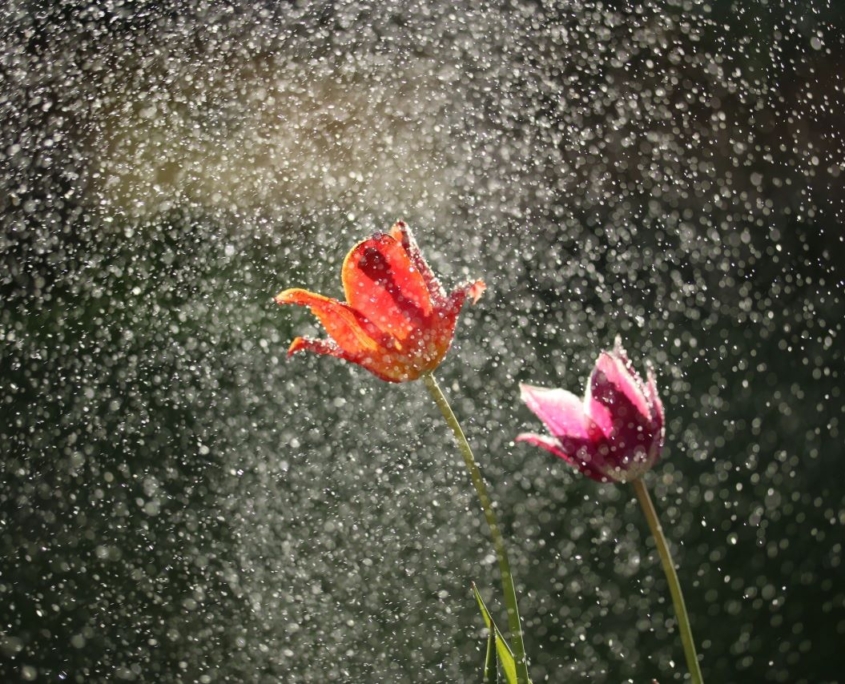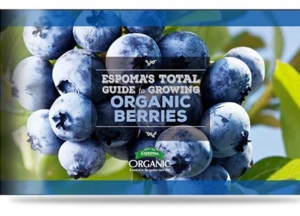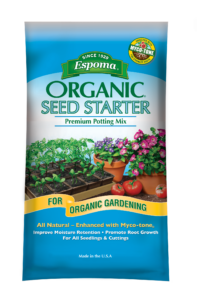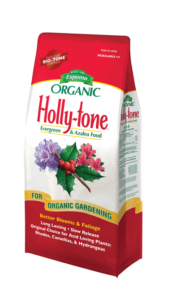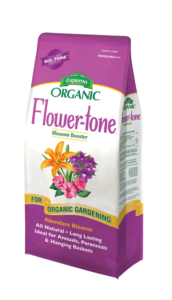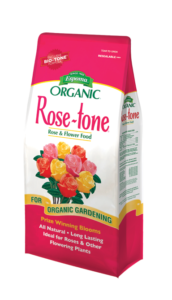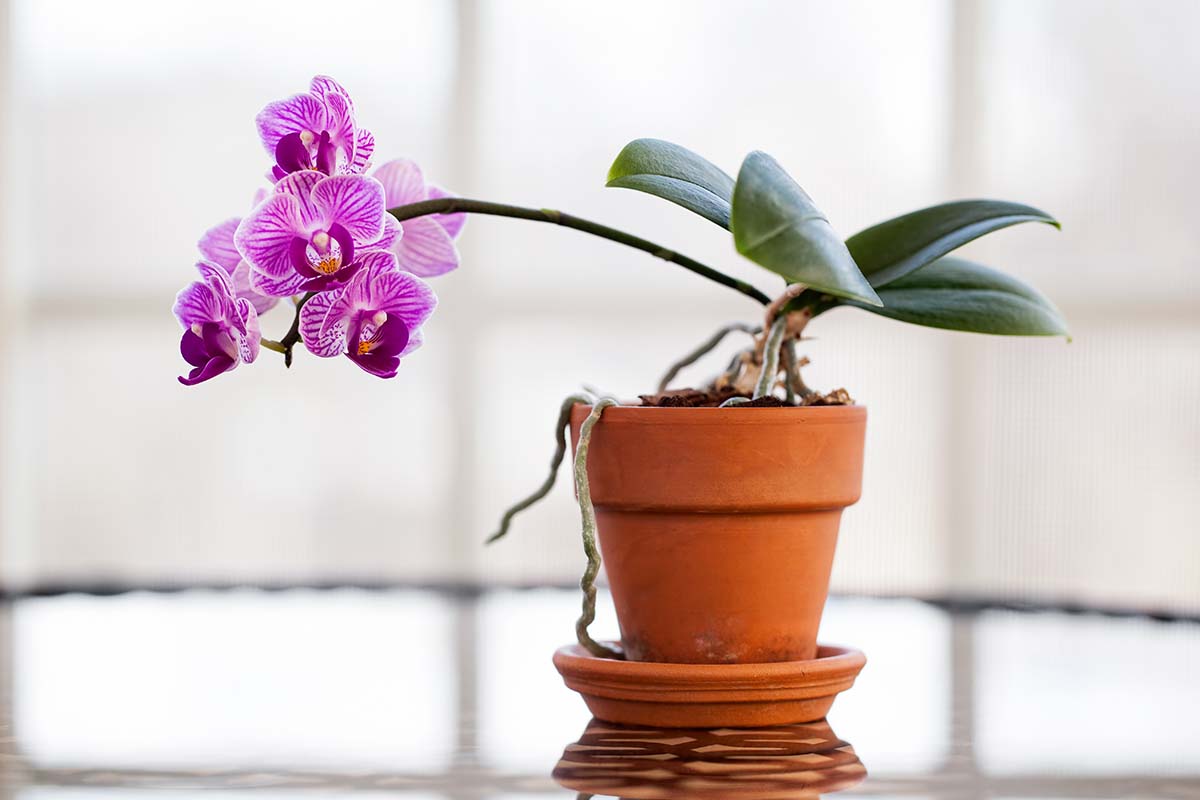Help Local Pollinators Survive the Winter
October has arrived and with it comes fall flavors. Pumpkin spice pops up practically wherever you go. And there’s nothing like a freshly picked apple or glass of apple cider.
Pollinators know it‘s fall too and they could use some help from your garden. This time of year is known as nectar flow, where many major nectar sources are blooming. They want their own fall fixes as they prepare to hibernate or migrate.
You’ve probably added perennials and trees to your garden for pollinators, now add fall flowers to bring pollinators to your garden.
6 Fall Blooming Plants for Pollinators
Aster
All kinds of pollinators are attracted to this fall-blooming plant — bees, butterflies, native birds, and other insects. This double-duty plant will bring vibrant colors to your garden while providing nectar from summer into late fall. Asters are appealing to pollinators due to their friendly flower structure. They grow 2-3 feet tall in zones 4-9 and are happy in both sun and partial shade.
Goldenrod
The fall color scape isn’t complete without the goldenrod’s vibrant color. This easy-to-grow plant brings butterflies and bees to your garden. Being a native to North America, it will adapt to the climate it is set in. They grow 2-3 feet tall in zones 4-9 and are happy in sun or partial shade. Pollinator Tip: Goldenrods do well when paired with Asters.
Purpletop Vervain
Bring the fall colors to your garden with this deep purple plant. The flowers cluster at the top of a long slender stem, which butterflies and bees adore. Purpletop Vervain responds better to late fall sowing as it likes cold temperatures. They grow 2-4 feet tall in zones 7-11 and are happy in full sun.
Joe Pye Weed
Joe Pye Weed is perfect for gardeners looking to add some height. It may be called a weed, but it brings the classic fall mauve to play with large dinner plate-sized blooms. They are loved by butterflies and will bloom late summer into the fall. They can grow up to 5 feet tall in zones 4-9 and are happy in full sun.
Autumn Joy Sedum
If you know the classic sedum for the large pink blooms, you will be in for a surprise with Autumn Joy. This variety offers burnt red blossoms on top of tall gray-green stalks. The vibrant fall color complements your garden this season. Butterflies are a frequent visitor to this plant. It will last through the fall, until the flowers dry in the winter. They grow 2 feet tall in zones 3-9 and are happy in full sun.
Bugbane
Known for being a dramatic addition to any garden, Bugbane is popular among gardeners. Bugbane is a host plant and source of nectar for butterflies. On top of long stalks, wispy white flower spikes bring sweet smells. Other fall colors are offered in various varieties of this plant. They grow up to 6 feet tall with 12-18 inch spikes of color in zones 3-9 and are happy with partial sun to full shade.
We recommend planting with Espoma Organic Bio-tone Starter Plus to help give your new plants the essential nutrients they need to establish in their new environment. Be sure to keep fall blooms big and vibrant with Espoma’s Grow! Liquid Plant Food.
Featured Products:

